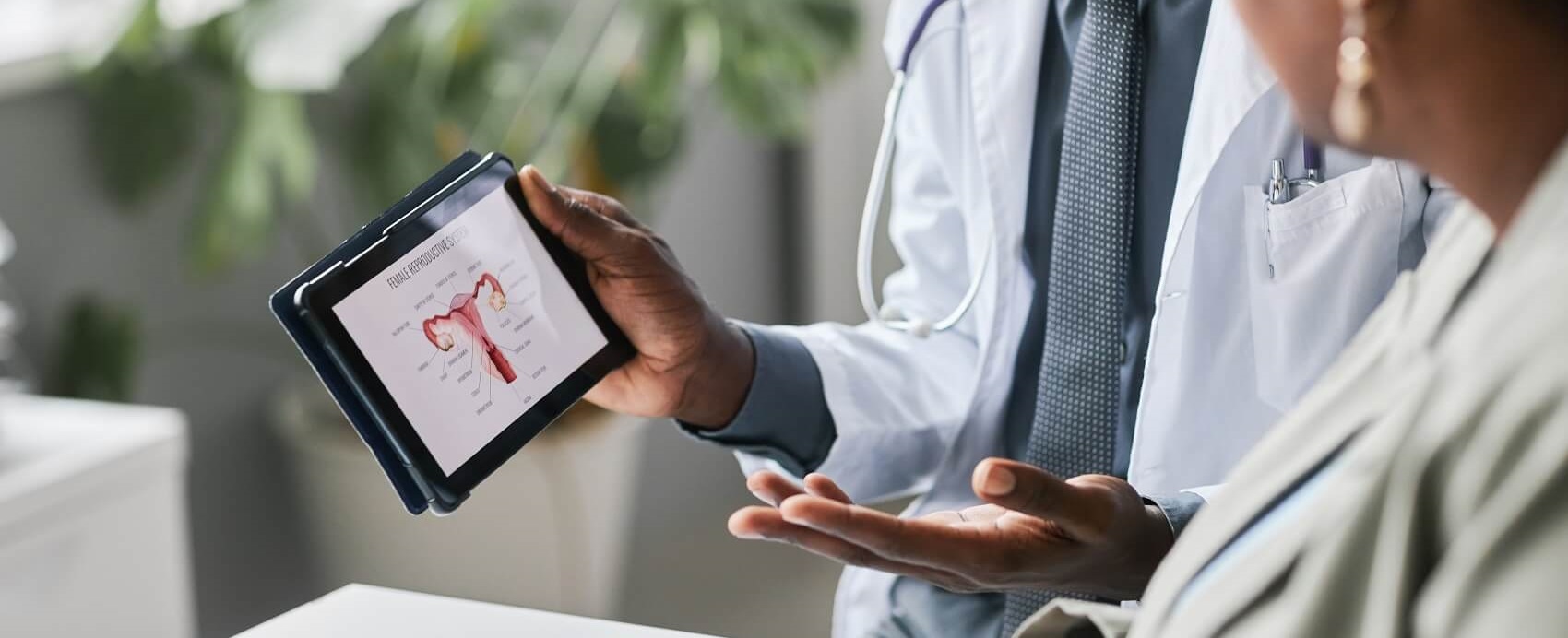
Fertility testing provides information about your fertility status so that you can make informed choices about your family-building plans. There are three types of fertility tests for women: blood tests, imaging tests, and diagnostic surgical procedures. The fertility specialists at First Fertility can help determine the cause of your infertility and craft a personalized treatment plan that helps you on the path to parenthood.
Blood Tests
When undergoing a fertility assessment, your fertility specialist will request blood tests. Blood tests may be conducted at different days throughout a woman’s menstrual cycle for a more thorough picture since a woman’s hormone levels fluctuate at different stages of her cycle. These blood tests have several functions, including:
- Hormone-level Tests
- Ovarian Reserve Test
- Thyroid Function Test
Your hormone levels can have an impact on your fertility. Hormone levels that are too high or too low can make it difficult for your body to ovulate and mature an egg when it should.
An ovarian reserve test is a blood test that measures how many potential eggs a woman may have in her ovaries. These tests are typically recommended for women who may have a smaller ovarian reserve because of their age (35 and older), family history of early menopause, or if they only have one ovary.
Another potential cause of infertility could be if your thyroid isn’t functioning correctly. By measuring your thyroid levels, your fertility specialist can determine if it is performing as it should.
Imaging Tests
Imaging is another way a fertility doctor can assess a woman’s fertility. These tests offer your doctor a view of a woman’s reproductive organs’ functionality and structure, which can have an impact on fertility.
A transvaginal ultrasound exam is one of the most common imaging tests fertility specialists use. This exam produces images of a woman’s pelvic area to diagnose any cysts, fibroids, or other factors that may affect fertility.
A Sonohysterogram is a another type of imaging exam. During this imaging test, a saline solution fills the uterine cavity, and an ultrasound offers a different view of the uterus that may show lesions, fibroids, or polyps.
If your doctor requires imaging of your fallopian tubes, they may recommend a Hysterosalpingogram, also known as a HSG. During an x-ray, a doctor will insert a catheter into the cervix and fill the uterus and fallopian tubes with dye. This dye will show up clearly, identifying potential blockages or obstructions in the fallopian tubes or uterine cavity.
Diagnostic Surgical Procedures
If your fertility specialist requires a closer look at a woman’s reproductive organs, they may recommend minimally invasive surgical procedures. These procedures, called a laparoscopy, use a small camera to view the abdominal cavity, uterus, fallopian tubes, and ovaries. If polyps, fibroids, blockages, or lesions are discovered during this procedure, your doctor can remove them.
Another surgical option your fertility specialist may recommend is called a hysteroscopy. During a hysteroscopy, a thin camera device is placed in the uterus through the cervix to look for signs of disease or blockage in the uterus.
Schedule a Fertility Assessment With a Fertility Specialist
If you are interested in a fertility assessment with a fertility specialist at a First Fertility clinic, schedule an appointment. Our fertility specialists will complete a fertility assessment and help you pinpoint why you may be experiencing infertility. Contact us to schedule an appointment today.



